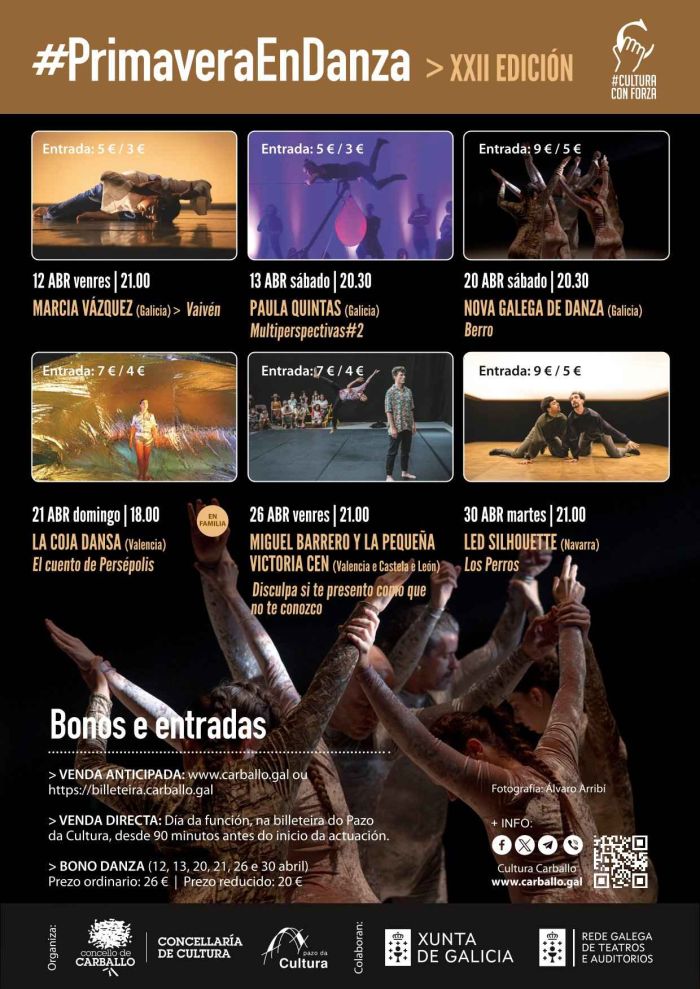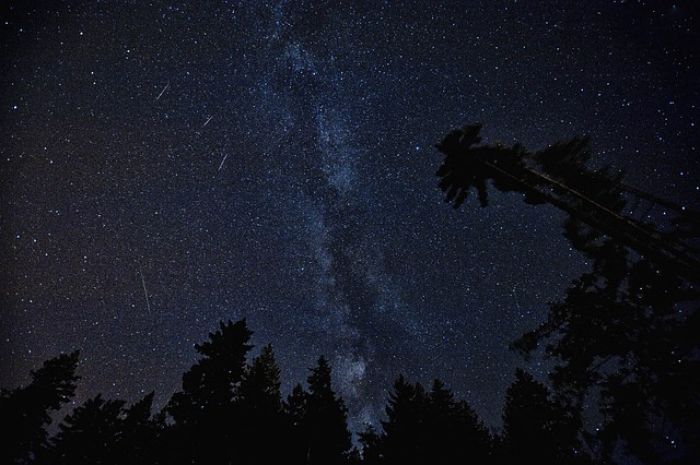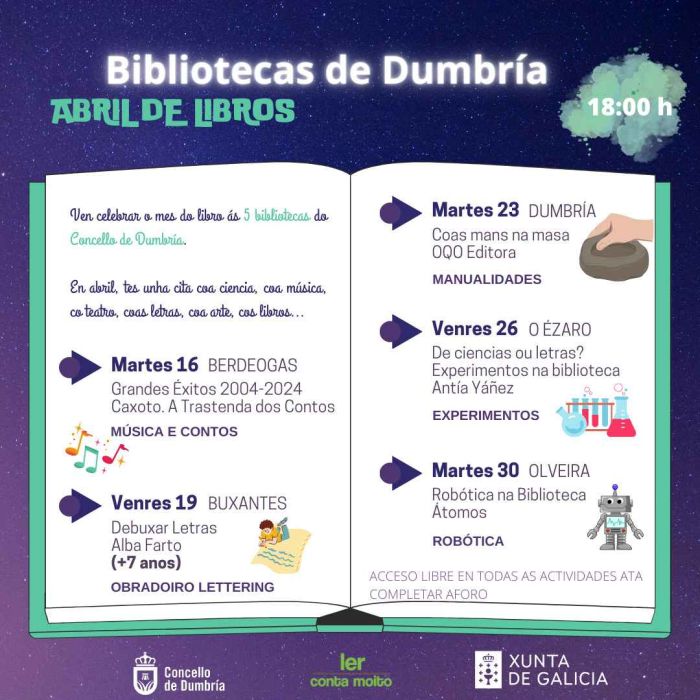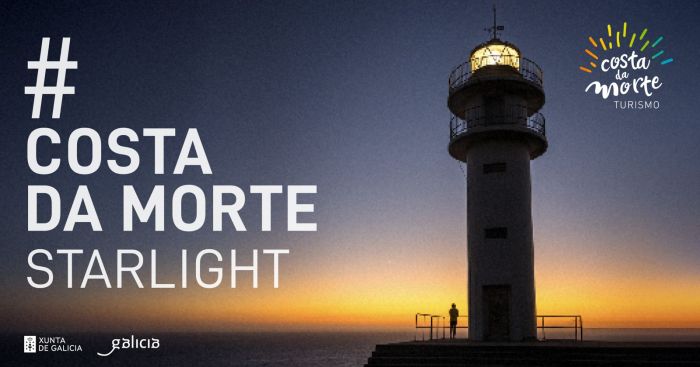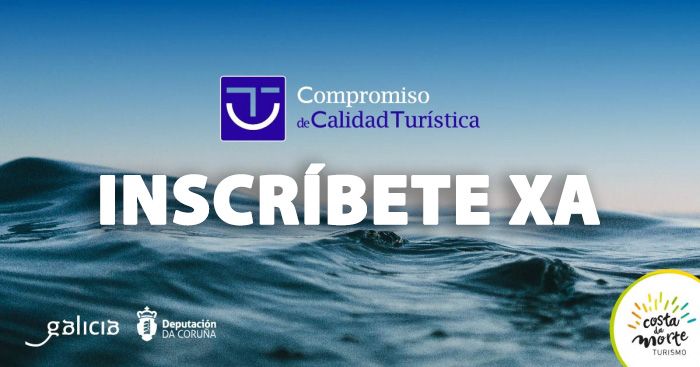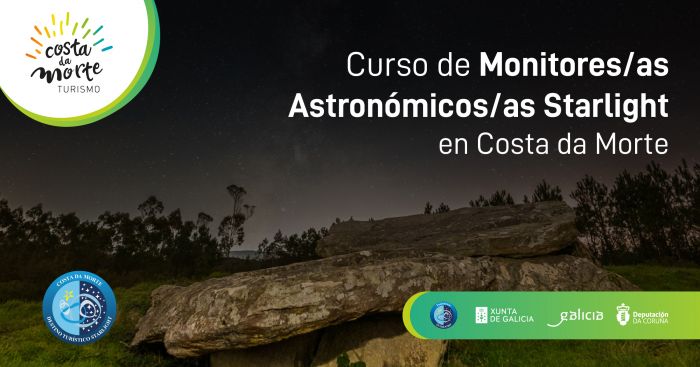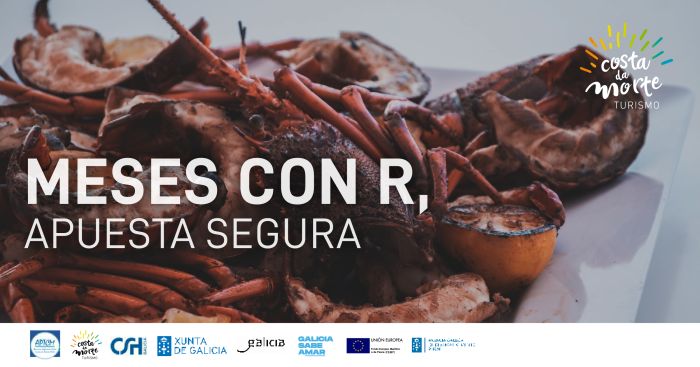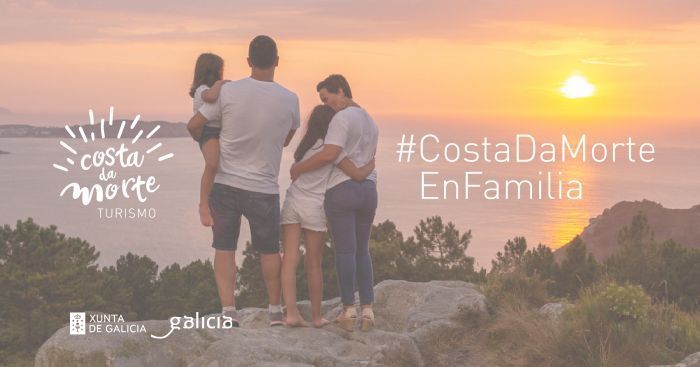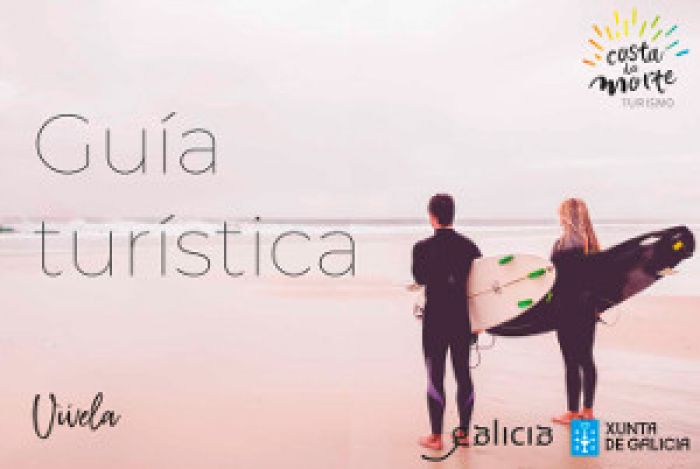#StayatHome: Costa da Morte literature tour
24/03/2020
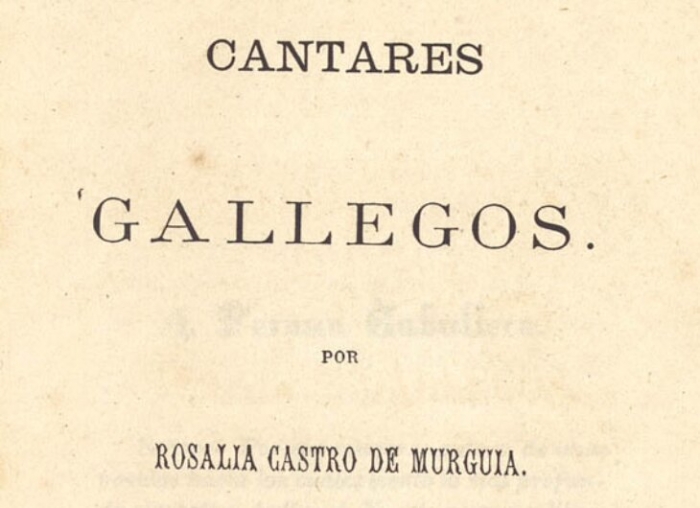
Costa da Morte can be known through many of its attractions: the gastronomy, its festivals and pilgrimages, the legends surrounding it ... and also through literature. From cantigas to today poetry, many writers have passed through our land to be inspired, to tell stories and to leave their mark on the collective culture of the Costa da Morte.
Today we propose you to know our geodestination in a different way, without moving from the couch, as recommended in these days of #Stayathome. Ready for a literary tour of the Costa da Morte?
The Anllóns River
It is impossible not to start a literary journey with someone other than Eduardo Pondal. The poet from Ponteceso is one of the greatest exponents of culture in Costa da Morte. The nineteenth-century author had always had present in his work the Costa da Morte, this is reflected in the poem Os Eoas, where he dedicates these lines to the river Anllóns
Onde o Allóns pacífico e ignorado
Sosegado levando o seu tributo,
O seu argendo lego e sosegado,
Mestura co agitado e salío fluto.
A seca Tabuido tena a un lado,
A outro Balarés curvo e cornuto;
A uns dos lados se ve Corme peixosa,
A outro lado se ve Laxe areosa.
Virxe da Barca, Muxía
Another author that - fortunately – did not forgot the Costa da Morte was the most universal figure of Galician literature. Already on Rosalía day we were rescuing "Daughter of the Sea", a novel she wrote at the age of 22 and was placed in Muxía.
This town was a strong influence for Rosalía de Castro, who also exalted the Virxe da Barca (Virgin of the Boat) in this poem included in Cantares Gallegos:
¡Bendita á Virxe da Barca,
Bendita por sempre sea!
¡Miña Virxen milagrosa,
En quen tantos se recrean!
Todos van por visitarla,
Todos alí van por vela
Na sua barca dourada,
Na sua barca pequena,
Donde están dous anxeliños,
Dous anxeliños que reman.
Alí chegou milagrosa
Nunha embarcaçon de pedra
Camariñas
Going forward a few years in history, we come to Ramón Otero Pedrayo, the illustrious writer, scholar and politician born in Ourense. In the mid-1970s he published a large-format, almost encyclopedic book, called "Galicia. A culture of the West ”. It referred to Camariñas and his people in this way:
"...la villa muy marinera... la blanca Camariñas. No falta quien, alabando la levedad, delicadeza y dibujo de los encajes tejidos por las mujeres de Camariñas, sostiene que imitan la calidad de las espumas".
Malpica and Sisarga Island
Viaje a Galicia is a work signed by Frai Martín Sarmiento in which he relates one of the three trips that the thinker made to our land, in which he was especially interested in Galician flora and fauna, our legends and our language. About Malpica and the Sisargas Islands he wrote the following fragment, dating from 1745:
"...la villa muy marinera... la blanca Camariñas. No falta quien, alabando la levedad, delicadeza y dibujo de los encajes tejidos por las mujeres de Camariñas, sostiene que imitan la calidad de las espumas".
What did you think of this first trip to the Costa da Morte through the books? There is still much to explore! The Literary Battalion, Manolo Rivas, Manuel María ... Dont miss the second part of our literary tour!

